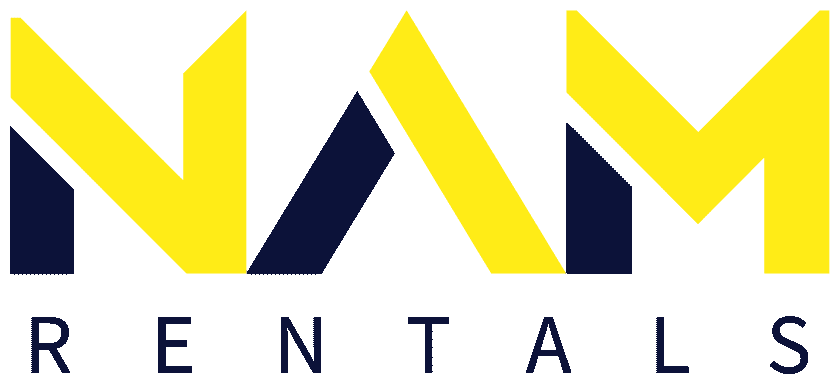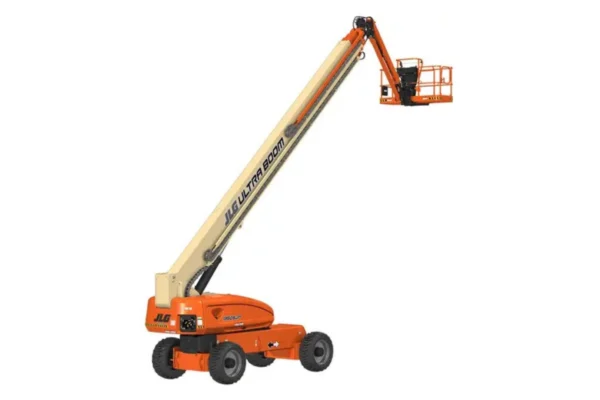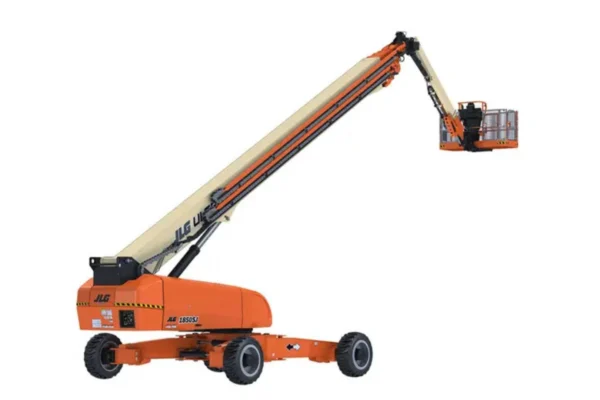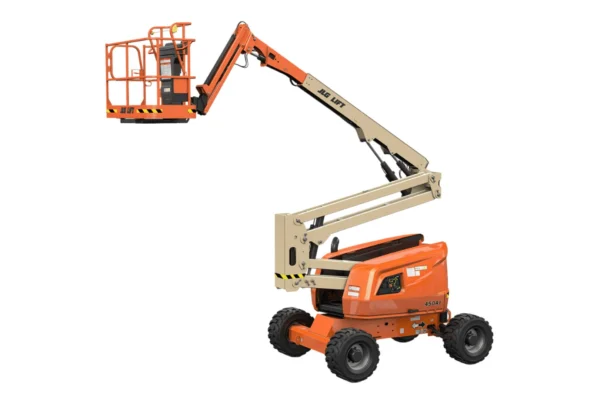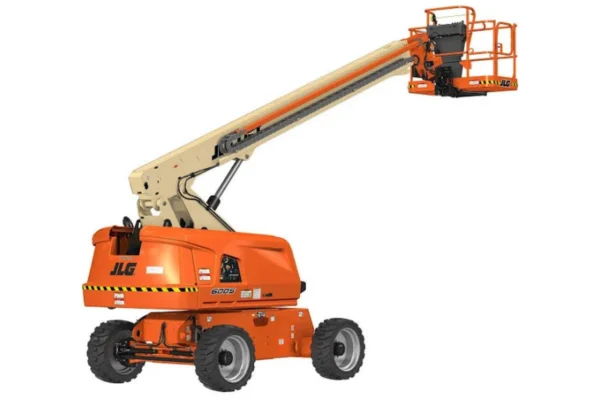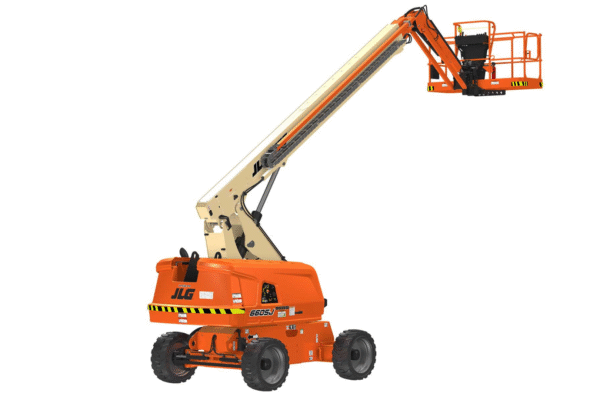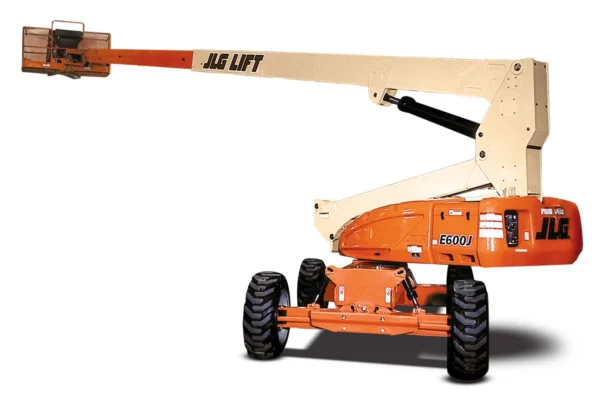Straight Boom Lifts in Toronto
Showing all 9 results
-
JLG 1250AJP | 125′ Height 4WD | Straight Boom Lift
$ 1,071.00 - $ 8,034.00Toronto, CanadaJLG 1350SJP |135′ Height 4WD | Straight Boom Lift
$ 1,214.00 - $ 9,105.00Toronto, CanadaJLG 1500AJP | 150′ Height 4WD | Straight Boom Lift
$ 1,714.00 - $ 12,854.00Toronto, CanadaJLG 1850SJ | 185′ Height 4WD | Straight Boom Lift
$ 2,571.00 - $ 19,282.00Toronto, CanadaJLG 450AJ | 45′ Height 4WD | Straight Boom Lift
$ 198.00 - $ 1,485.00Toronto, CanadaJLG 600S | 60′ Height 4WD | Straight Boom Lift
$ 311.00 - $ 2,334.00Toronto, CanadaJLG 660SJ | 65′ Height 4WD | Straight Boom Lift – Aerial Access Solution
$ 352.00 - $ 2,642.00Toronto, CanadaJLG 860SJ | 85′ Height 4WD | Straight Boom Lift – Aerial Work Platform
$ 625.00 - $ 4,689.00Toronto, CanadaJLG E600J | 60′ Height | Straight Boom Lift Electric – Aerial Work Platform
$ 386.00 - $ 2,892.00Toronto, Canada
Straight Boom Lifts – FAQs
What is a straight boom lift?
A straight (telescopic) boom lift has a rigid, extendable boom that provides long, direct horizontal and vertical reach.
How high can a straight boom lift reach?
Common models reach 40–86 ft; large units can exceed 120 ft depending on brand and configuration.
What is the maximum horizontal reach?
Typically 30–75 ft on mid-to-large models, making them ideal for accessing areas set back from the base.
What’s the main advantage of a straight boom?
Unmatched horizontal outreach and fast telescoping for tasks that require long, direct access.
Where are straight booms commonly used?
Steel erection, stadiums, bridge work, high façades, telecommunication installs, and wind/solar sites.
How is it different from an articulating boom?
Straight booms extend in a straight line for maximum outreach; articulating booms bend to navigate obstacles.
Can straight booms be used indoors?
Rarely—size, emissions, and turning radius limit indoor use. Electric telescopic models exist for large indoor venues.
Do straight booms handle rough terrain?
Yes, RT models include 4×4, oscillating axles, foam/air-filled tires, and gradeability for uneven ground.
What power options are available?
Diesel is most common for outdoors; some manufacturers offer electric or hybrid telescopic models.
Typical platform capacity?
Usually 500–660 lb; high-capacity variants 750–1,000+ lb (check specific load charts).
Do they use outriggers?
Most self-propelled telescopic booms don’t; they rely on chassis stability. Always follow the slope/grade limits.
How stable at full height?
Very stable when operated within rated wind speeds, slope limits, and load charts with doors closed.
What PPE is required?
A full-body harness with lanyard to the approved anchor, hard hat, safety shoes, and other site-required PPE.
Travel speed?
Typically 3–5 km/h on site (varies by model); never drive at height beyond the manufacturer’s limits.
Are electric straight booms available?
Yes, a few manufacturers offer electric or hybrid telescopic booms for low-emission sites.
Can one person operate it?
Yes—controls are designed for single-operator use after proper MEWP certification and familiarization.
Is training required?
Yes. Operators must be trained and certified (MEWP) and familiarized on the specific model.
Typical rental cost in Ontario?
Varies by height/spec: roughly $350–$800/day and $1,500–$3,000/week for common sizes. Get a quote for exact rates.
Are they easy to transport?
Require a tilt-deck or lowboy trailer. Transport weight can range 12,000–40,000+ lb depending on model.
What’s the working height of a 60-ft straight boom?
Working height is typically platform height + 6 ft; so a 60-ft boom gives ~66-ft working height.
Refund Policy
Nam Rentals accepts cancellations with at least 24 hours’ notice, although cancellation fees may apply.
Equipment rented from Nam Rentals can be returned at any time; however, early returns do not qualify for partial refunds,
and rental charges will apply for the full rental period.
Weather-related cancellations may be rescheduled but are not generally refunded.
For refund or cancellation requests, customers should contact Nam Rentals directly,
and no further rental charges will be applied once the equipment is off-rented.Refund Policy
Nam Rentals accepts cancellations with at least 24 hours’ notice, although cancellation fees may apply.
Equipment rented from Nam Rentals can be returned at any time; however, early returns do not qualify for partial refunds,
and rental charges will apply for the full rental period.
Weather-related cancellations may be rescheduled but are not generally refunded.
For refund or cancellation requests, customers should contact Nam Rentals directly,
and no further rental charges will be applied once the equipment is off-rented.Nearby Locations
Top Cities for Straight Boom Lifts Rentals near Toronto, ON
- Straight Boom Lifts Rentals in Brampton, ON
- Straight Boom Lifts Rentals in Mississauga, ON
- Straight Boom Lifts Rentals in Etobicoke, ON
- Straight Boom Lifts Rentals in Scarborough, ON
- Straight Boom Lifts Rentals in Markham, ON
- Straight Boom Lifts Rentals in Toronto, ON
- Straight Boom Lifts Rentals in Guelph, ON
- Straight Boom Lifts Rentals in Pickering, ON
